Archive
2021
KubaParis
Moving Things

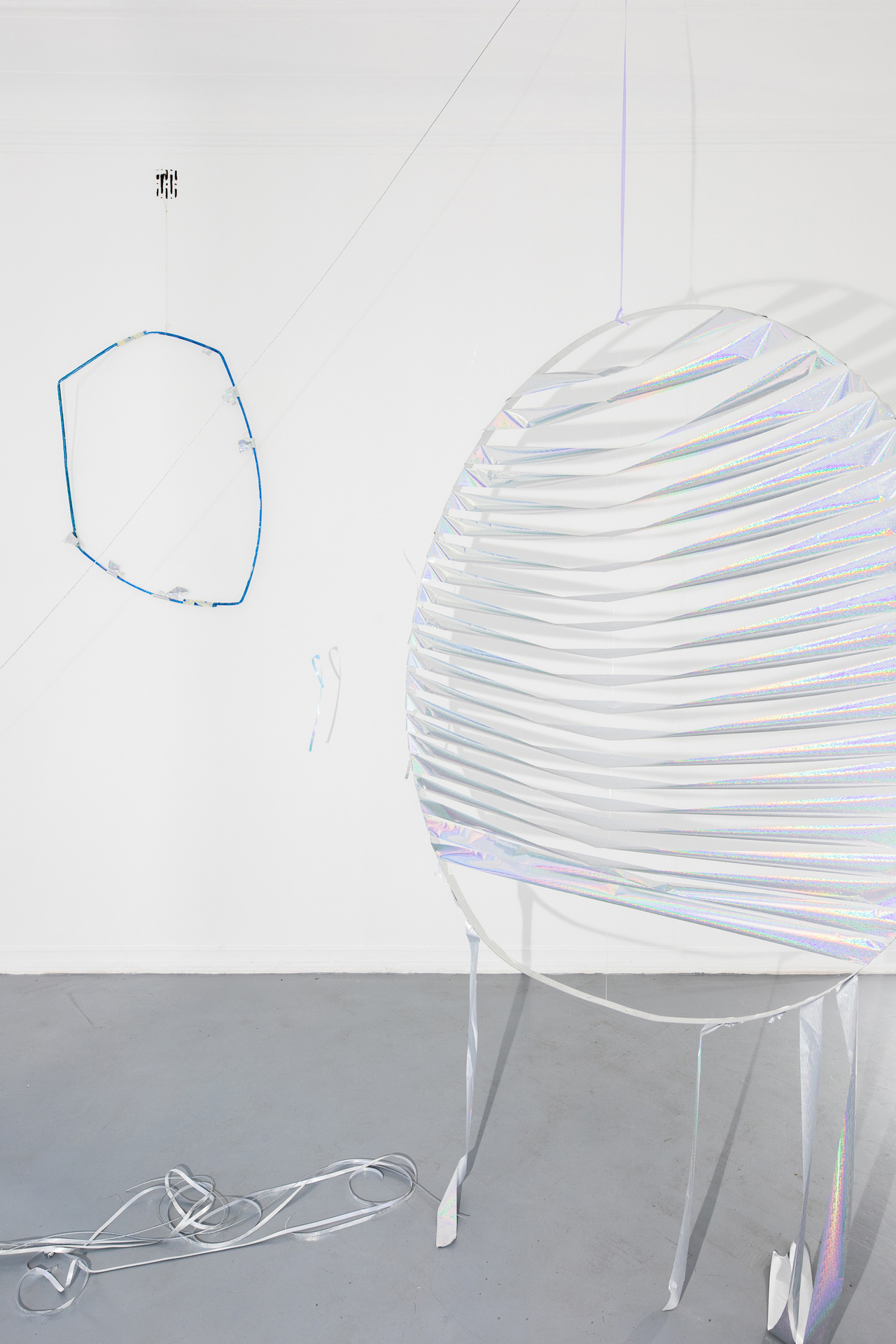
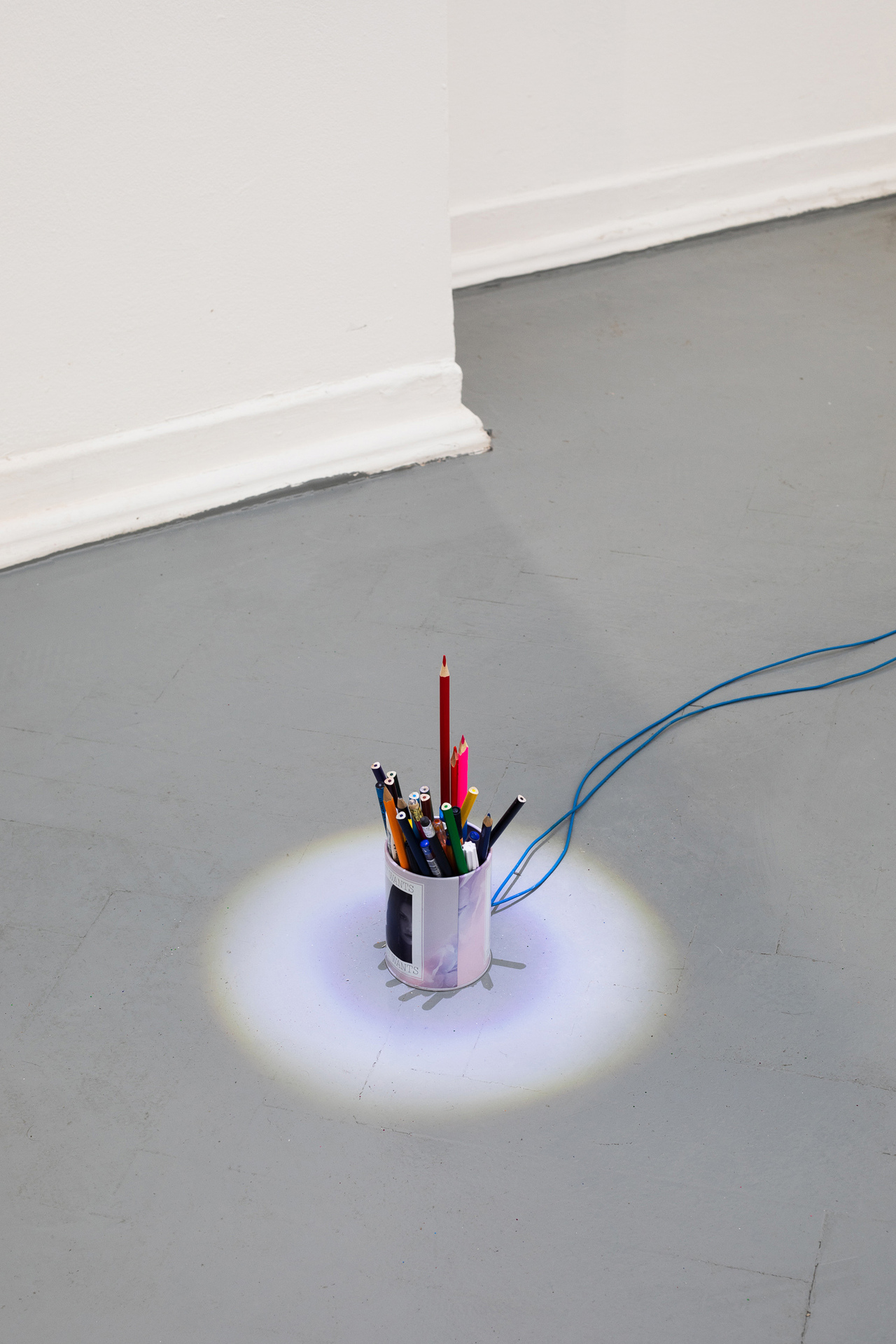
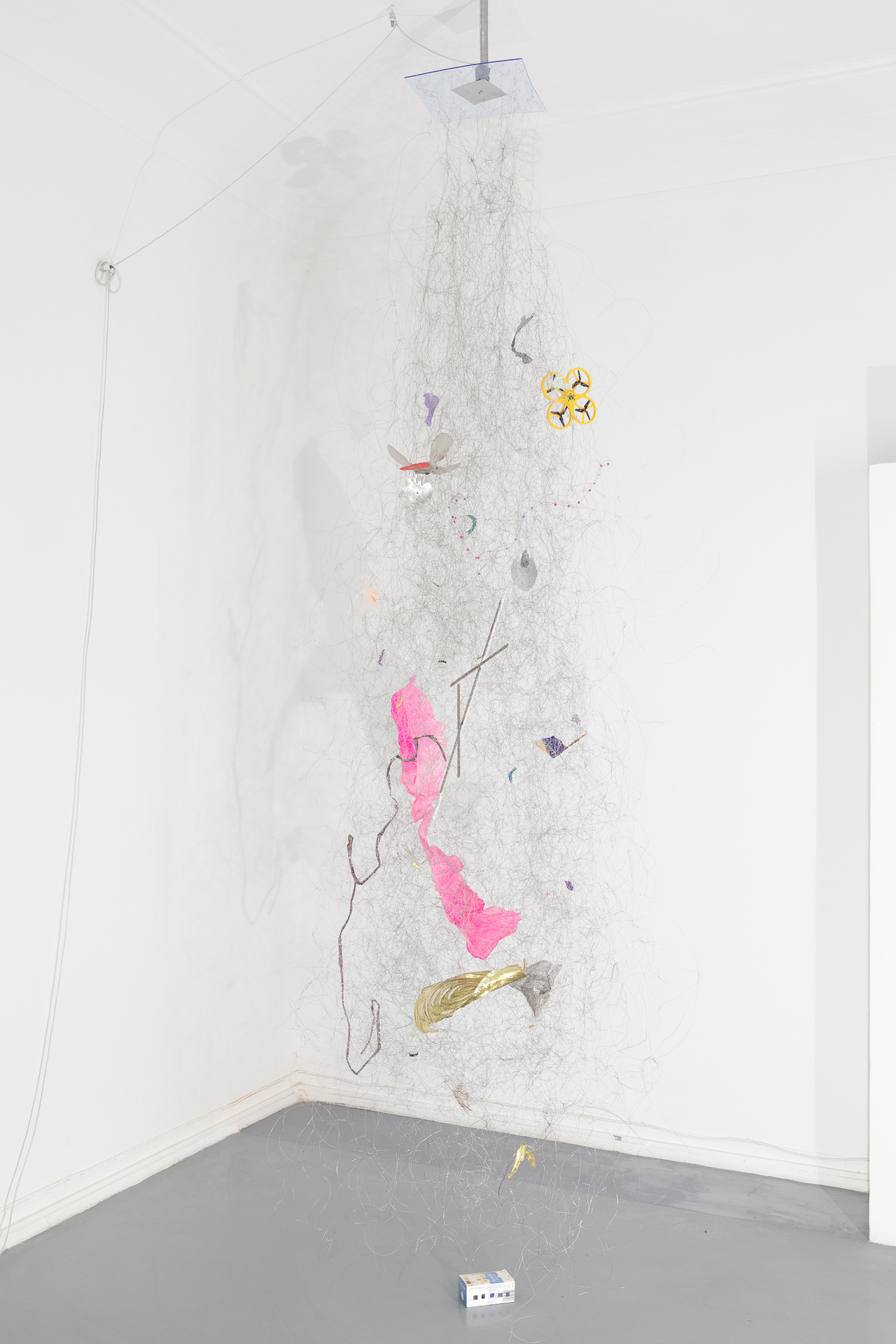
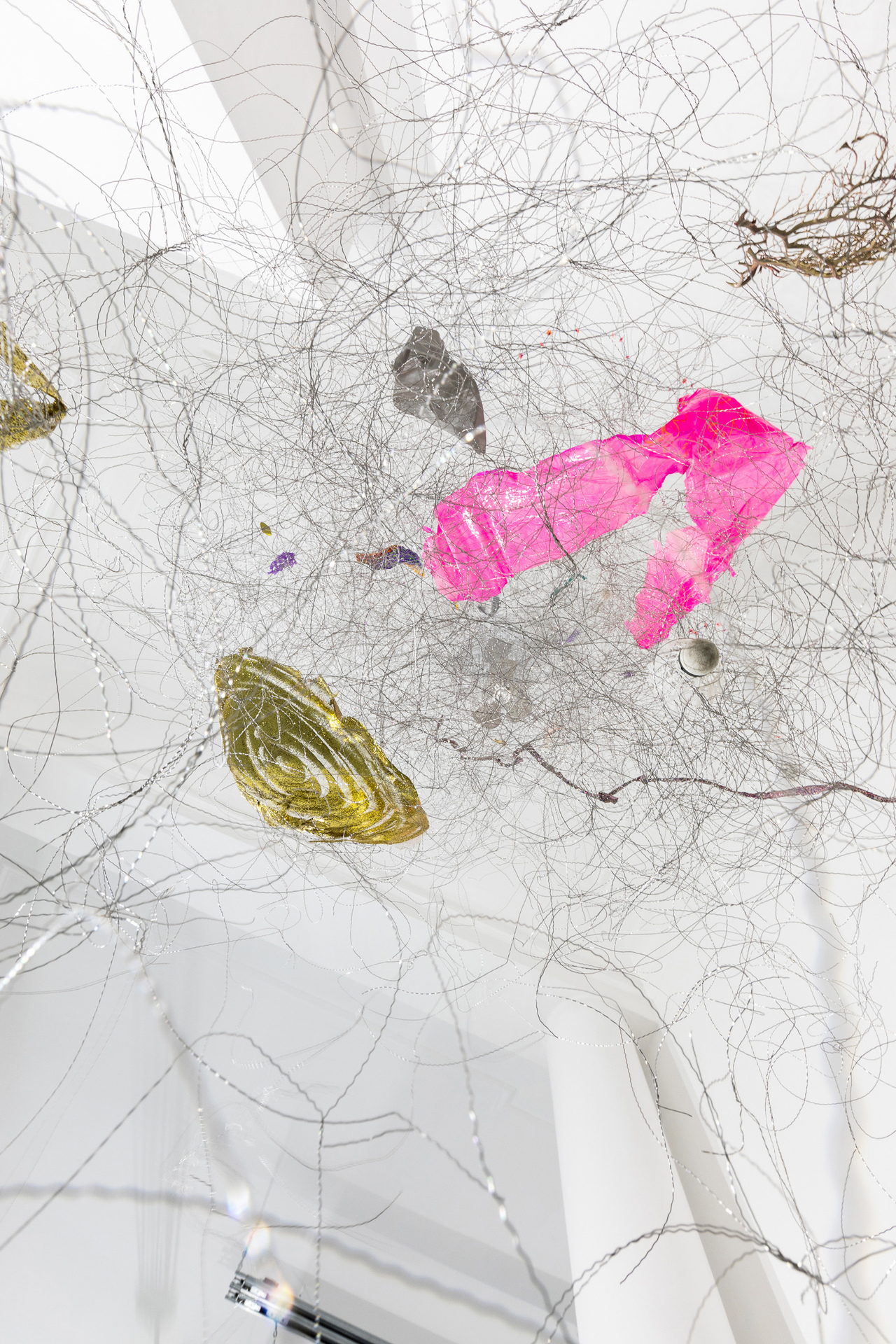
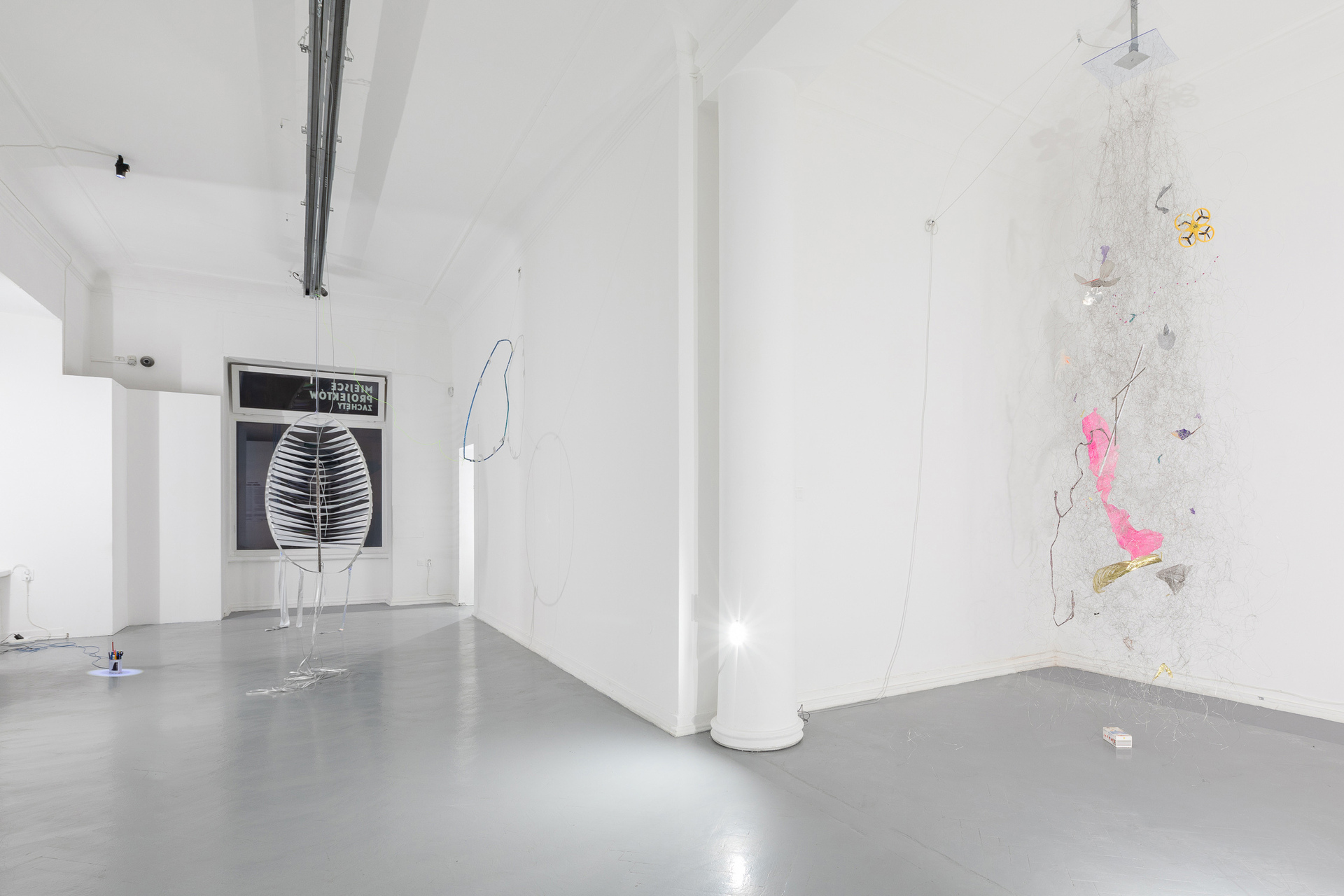

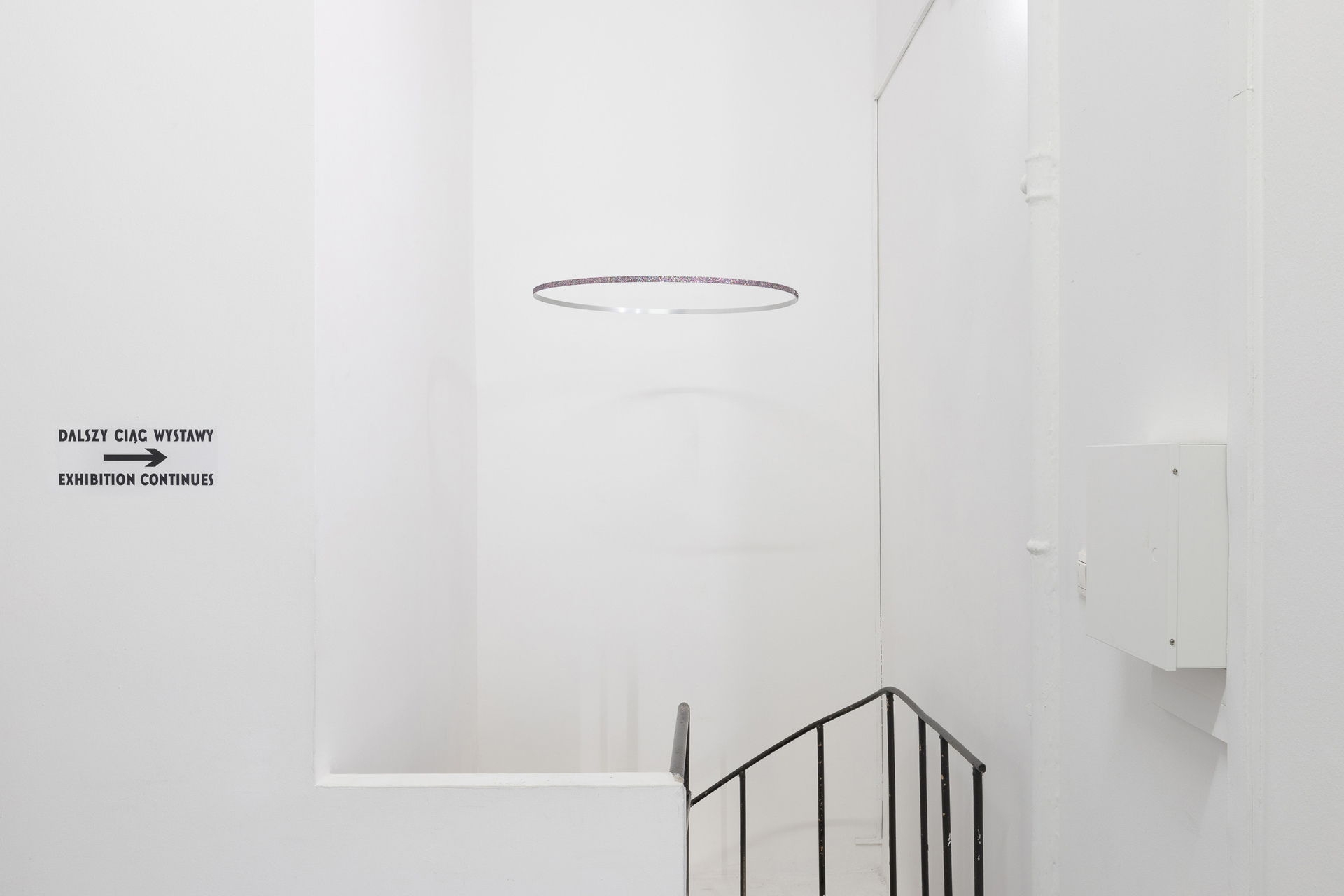

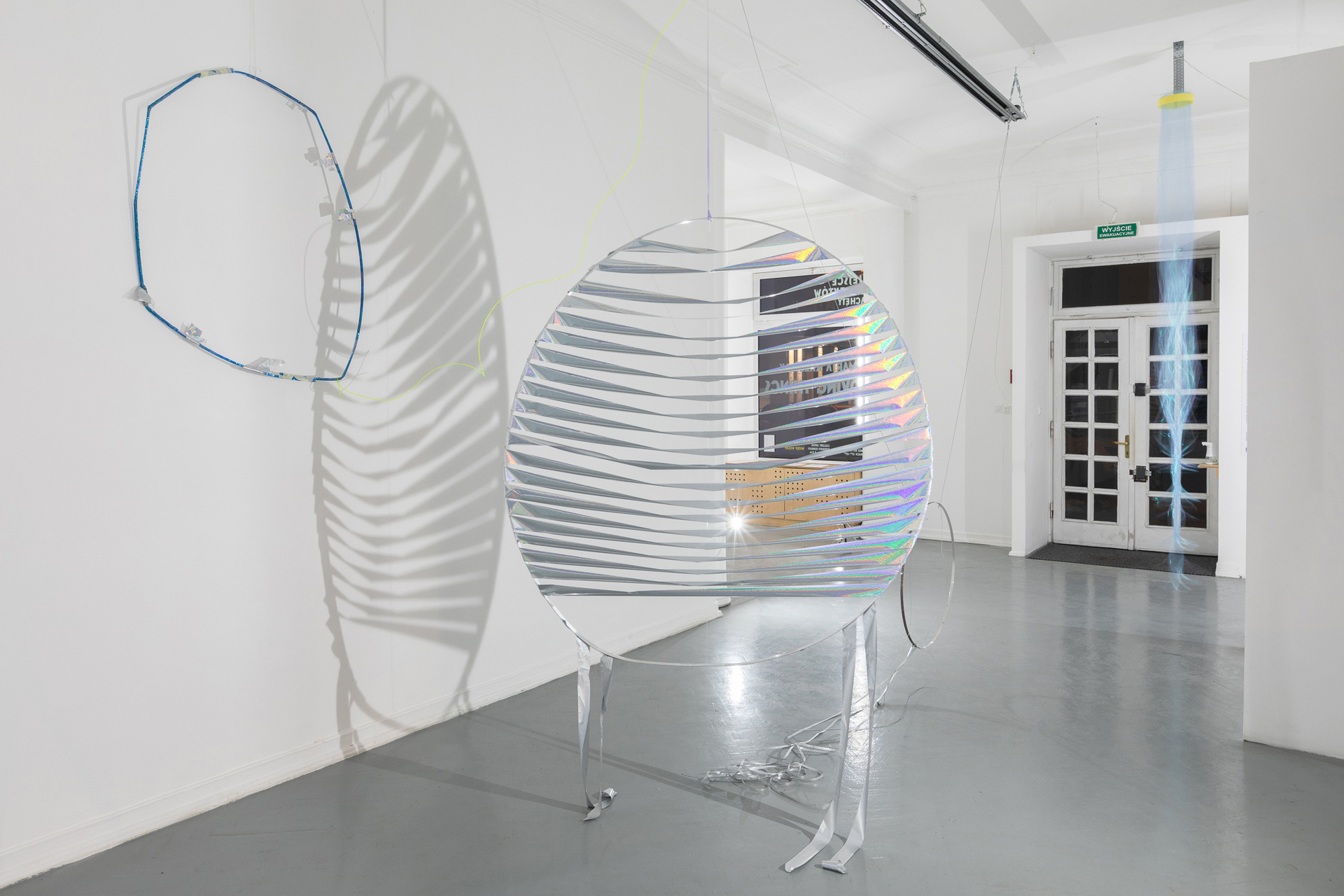
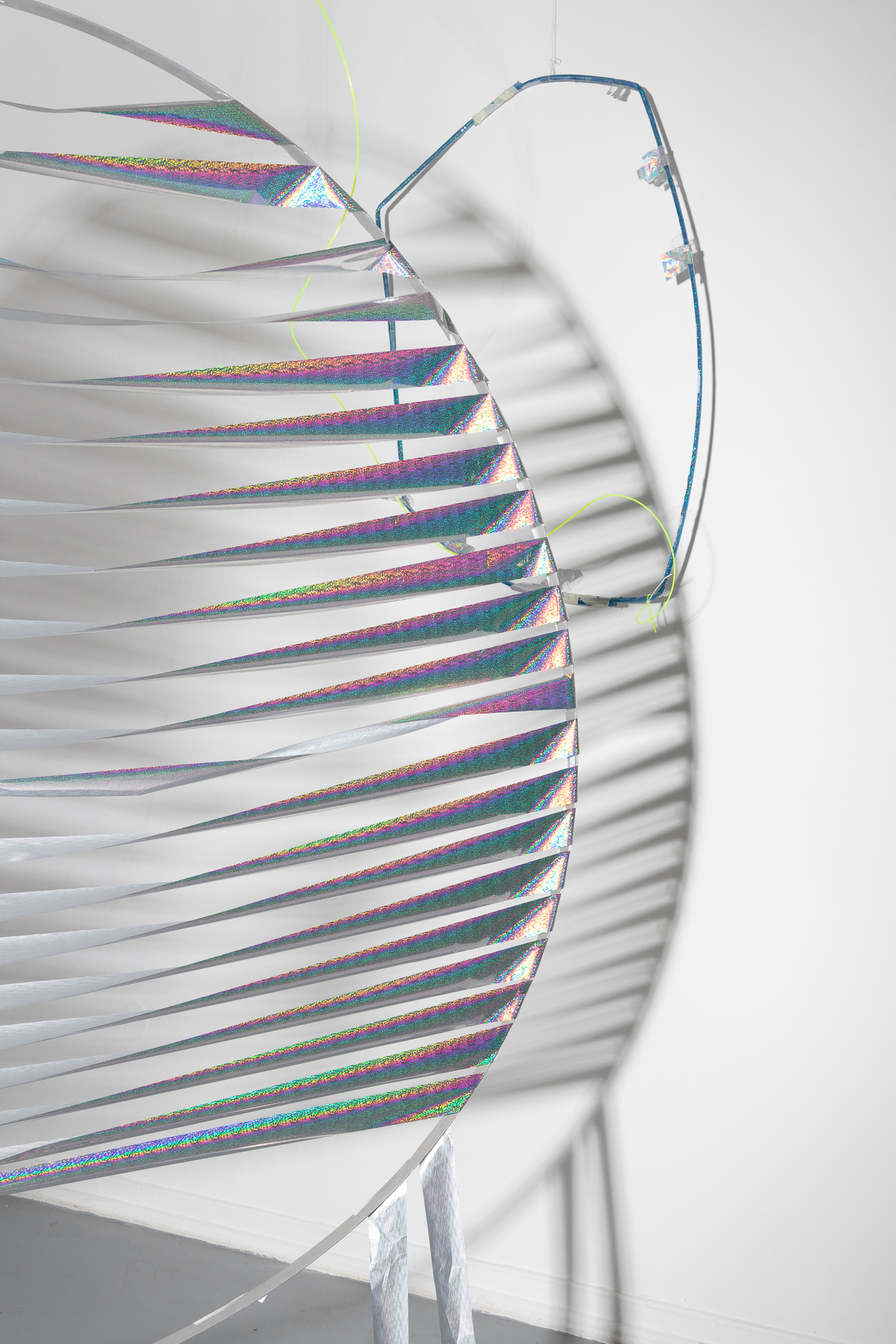
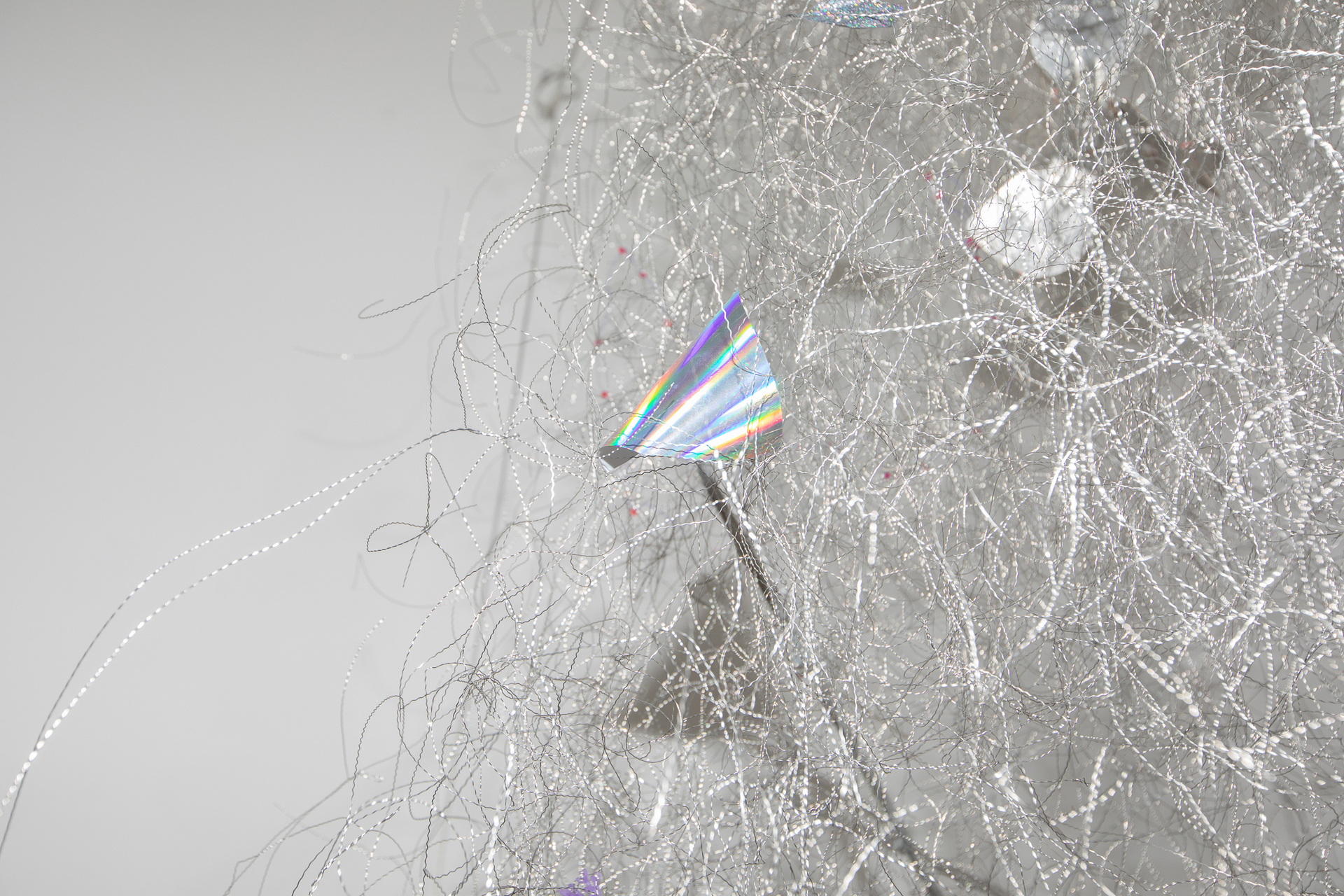
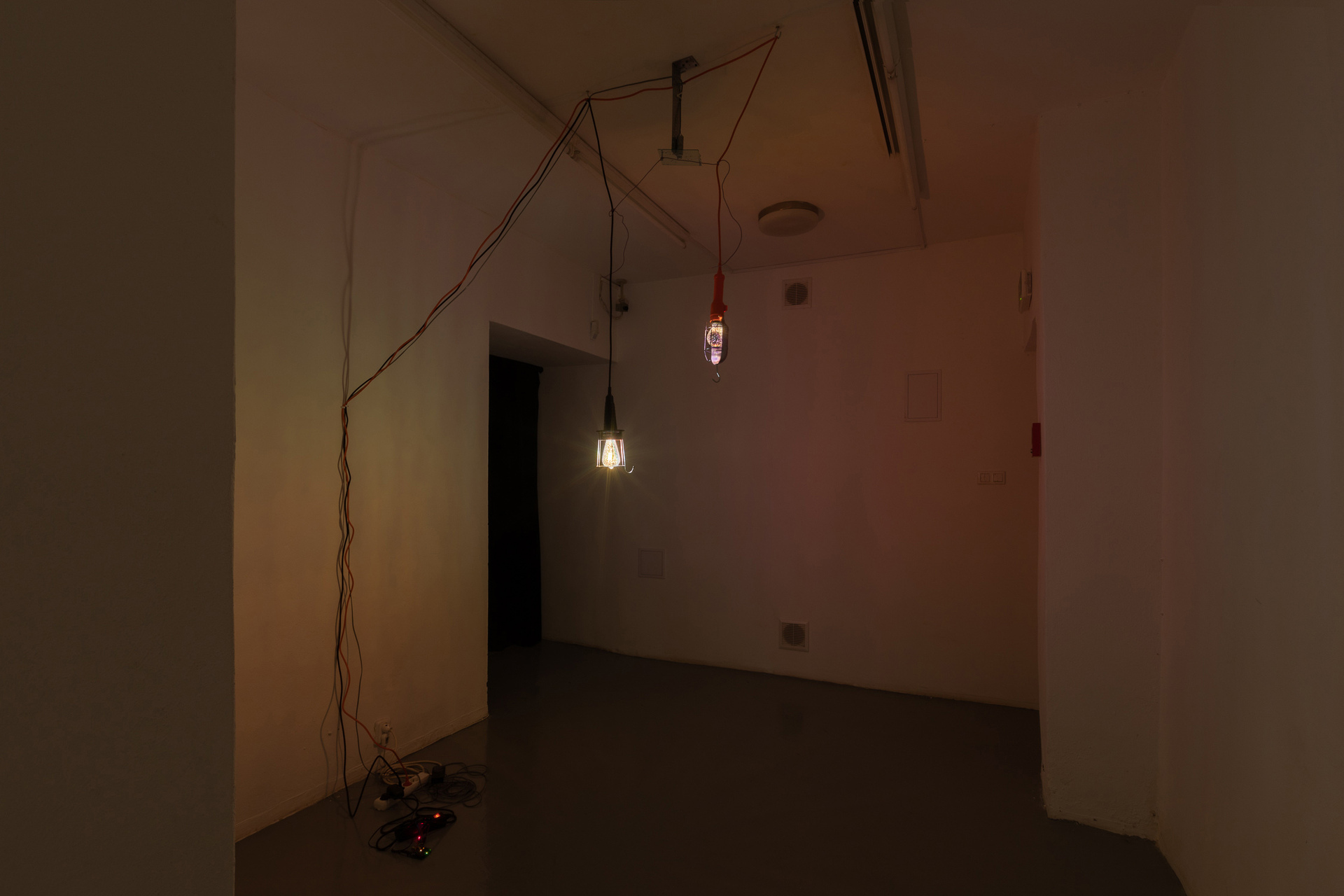
Location
Zachęta Project RoomDate
09.12 –19.02.2022Curator
Monika KopczewskaPhotography
Anna ZagrodzkaSubheadline
In her project entitled Moving Things, presented in Zachęta’s Project Room, Marta Krześlak, remaining faithful to her creative method, fills the gallery with moving images and objects.Text
In her project entitled Moving Things, presented in Zachęta’s Project Room, Marta Krześlak, remaining faithful to her creative method, fills the gallery with moving images and objects. In the main hall, three mechanisms flicker in the light and make quiet sounds. Two of them are vortices — openwork objects revolving around their own axis — while the third, circular one, travels along the hall, referring to the daily path of the sun in the sky. Cyclicity and rotational movement as a universal force governing the world and the universe inspire the artist. The constant circulation of matter emphasises the use of found materials in the constructions. By juxtaposing them, the author does not avoid kitsch; she accentuates the ‘garage’ quality and the rawness of the creation.
The looped poetic narrative in the accompanying projection gradually changes perspective from the scale of the universe, through the desert, to the artist’s home. Then her multiplied silhouette becomes a stellar constellation, to finally turn out to be the morning dew. The projection is accompanied by a soundtrack topped, perversely, by the song ‘My Heart Will Go On’. The film can be interpreted in many ways: symbolically, pop-culturally, nostalgically or purely aesthetically.
The openness of the meaning of the works is important to the artist. She draws attention to this fact with the very title of the show — by consciously choosing only the English version, she preserves its ambiguity. Moving Things can be simply ‘things that are in motion’, but also ‘changing the position of things/setting things in motion’ or ‘things that move someone, affect them emotionally’. The artist does also not make any final conclusions, subjecting the space to the subjective feeling of the viewer. . Referring to The Crystalist Manifesto, she evokes the juxtaposition of appearance and essence (truth) and reflects on the elusiveness, change and presence of many realities at the same time (‘every essence is nothing but an appearance for another essence’).
She asks the question: What do you see? Is it a handful of found objects or something more? How do you choose to look at things? She experiments, inviting reflection, contemplation and intuitive perception of space (‘It’s as if you’ve stepped into a garage where a dream is swirling around’). This exhibition is also an invitation to return to a childlike creative imagination that builds unusual meanings and stories, bringing everyday elements to life. The artist invites the audience to reach for their subconscious associations and immerse themselves in the hypnotic-nostalgic atmosphere created in Zachęta’s Project Room.
Monika Kopczewska